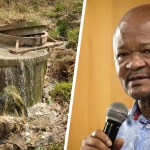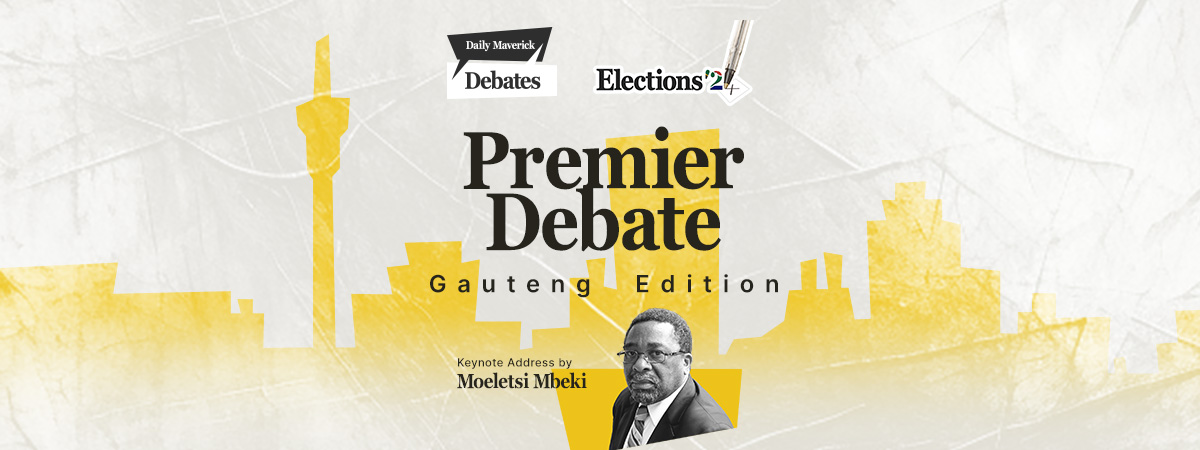The simple fact of the matter is South Africa doesn’t need to worry about branding. The country is already well known as a top-notch or must-visit tourist destination, in the rest of Africa and around the world. In 2018 and 2019, more than 20 million tourists visited South Africa. In Africa, only Egypt and Morocco received more visitors during the same period.
Zooming out, South Africa stands out as a top destination in the Southern Hemisphere, receiving more tourists on average than nearly every other country in the hemisphere. During the same 2018-19 period, Argentina received more than 14 million tourists. Brazil received 13 million. Egypt and Morocco, notwithstanding, only Indonesia received more tourists.
While the fallout from the Covid pandemic has dramatically affected these numbers, tourists are again returning in significant numbers. It seems that South African Tourism has forgotten that in 2014, the New York Times listed Cape Town as its top destination in the world to visit. Since then, a number of cities like Johannesburg and Durban have featured on similar lists. These lists — plus the invaluable resource of word of mouth — ensure South Africa remains a relevant tourist destination.
South Africa’s tourism challenge over the medium and long term isn’t about branding. Rather, it’s about opening up the industry to domestic travel opportunities, considering the experiences tourists have once in South Africa and prioritising projects that make travelling to the country easier, and travelling within the country more efficient, safe and reliable.
Visa difficulties
One structural — and perhaps the most significant — challenge tourists wanting to travel to South Africa face is related to securing a visa. American and many European tourists can visit visa-free for up to 90 days and, as a result, make up the bulk of tourists visiting South Africa. (Travelling with dollars, euros and pounds certainly makes things easier too.)
Alternatively, tourists from China, a major source of much-needed tourism revenue, need to apply for electronic visas. Although this process has been simplified, it still requires prospective tourists to submit numerous documents and pay processing fees. Many tourists from elsewhere in Africa face more stringent visa requirements, potentially making South Africa more of an expensive — or difficult — destination to visit than, say, France.
These steps act as a barrier to entry when tourists consider similar destinations with fewer visa requirements. Simplifying or removing many of them will lead to more international tourists. With the cost of travelling still high, there’s little incentive to visit a country that has upfront costs in addition to airfare and accommodation, and even less if one has to travel within one’s country to secure a visa before travelling to South Africa.
A second structural challenge facing South African tourism is the balkanisation of tourism in Cape Town and Johannesburg — in urban areas — and places like Kruger National Park. Save for the odd guesthouse or the Garden Route, the rest of South Africa mostly remains largely disconnected from tourists and the tourism industry.
Domestic travel overlooked
Of course, conversations about revitalising South African tourism often overlook the need to boost domestic travel alongside the pressures of maintaining international tourism. Far too many South Africans don’t have the opportunity to visit other parts of South Africa with the same ease enjoyed by foreign tourists. Although part of this reflects differences in purchasing power, it also speaks to the underdevelopment of the domestic tourism space.
When railways are dysfunctional and provincial roads wildly inconsistent, air travel becomes a reliable and convenient option. Still, domestic fares remain out of reach for many. Rather than considering ways of promoting South African tourism abroad, part of this money should be reprioritised to developing domestic transit networks that make it easier and more reliable to travel within the country.
Moreover, since South African tourism understandably places great emphasis on attracting international tourists, the features of tourism — hotels, tours, activities and restaurants — are priced too high for South Africans. With the peak tourism season taking place over the December holidays and New Year period, increasing domestic travel opportunities by offering opportunities for South Africans can help sustain various businesses within the industry that struggle for most of the year.
Visit Daily Maverick’s home page for more news, analysis and investigations
It’s worth pointing out that fixing structural issues that make domestic travel more efficient and accessible will inevitably improve the experience foreign tourists have while visiting South Africa. If these experiences are enhanced and broadened, the effect of word-of-mouth could be exponential for the industry.
In addition to structural issues, there are also historical challenges to South African tourism. Besides the Apartheid Museum, which is immaculate, but struggles for funding, major historical sites like Robben Island are in need of improvements. The lack of attention paid to sites with historical relevance, whether through poor upkeep or outright neglect, speaks to the broader need to rethink how South Africa markets its history to tourists.
To restart the tourism industry and promote South Africa’s brand abroad, emphasis should be distributed between increasing local opportunities and reducing structural barriers. Improving transportation networks and options, along with rethinking pricing models, will make it easier for South Africans to travel domestically, and for anyone interested in visiting South Africa to make the decision to do so — and to tell someone else to do so after having a great experience. DM


















“ Many tourists from elsewhere in Africa face more stringent visa requirements”. 78% of our inbound overnight visitors in 2019 were from Africa. 84% in 2021
Tourist spending isn’t just about holidays – it’s also about business meetings. And I increasingly organize my continental meetings in Nairobi, as Kenya welcomes more Africans without visas, compared to SA. And for those who DO need a visa for kenya, the e-visa process is simple